How to feed a baby in public places
10 tips for breastfeeding in public
Nurse your baby with confidence wherever you want with our lactation expert's advice.
Photo: iStockphoto
Breastfeeding mothers and their babies shouldn’t feel they have to stay home—hey, they want to enjoy the same activities as anyone else! Current recommendations are to breastfeed exclusively for six months and to continue breastfeeding with added complementary foods for two years and beyond. If you’re not comfortable breastfeeding in public, you can find your life becomes very restricted.
Many mothers are already perfectly comfortable breastfeeding in public. That’s great—not only for you and your baby, but for those women and girls who are not yet mothers, who learn about breastfeeding when they see you.
But maybe that’s not you. Maybe you are feeling pretty anxious about nursing in public. You worry about what people will think, and how much skin you’ll be showing. These tips may help:
1. Know your rights. Breastfeeding in public is legal and a very good thing. You are nourishing your baby with the most biologically appropriate food, and—as a great side benefit—you are educating any young men and women who might happen to see you. The Ontario Human Rights Commission, for instance, specifically states:
No one should prevent you from nursing your child simply because you are in a public area. They should not ask you to “cover up,” disturb you, or ask you to move to another area that is more “discreet.”
Remember that it is legal for women in Canada to be topless anywhere it’s legal for men to take off their shirts—so why worry about a little breastfeeding?
2. Practise at home in front of a mirror. If you’ve been concerned about showing a lot of skin, this will probably reassure you that it’s not likely to be an issue. A nursing baby covers your breast rather efficiently. You can try nursing in different outfits to see which ones work for you and your baby. Some babies can’t stand any fabric touching their faces as they nurse, others are less bothered by it, so experiment to find your best options.
Some babies can’t stand any fabric touching their faces as they nurse, others are less bothered by it, so experiment to find your best options.
3. Choose clothes you’ll feel comfortable in. You can buy (or sew) specially-made nursing clothes that have hidden openings to make breastfeeding easier, or you can put together nursing outfits from ordinary clothes. A loose-fitting T-shirt is often a good choice in casual situations, because you can simply lift up the shirt on one side to feed the baby. If it’s loose, the extra fabric will cover most of your belly and breast. A shirt that buttons down the front can be unbuttoned from the bottom to nurse, or unbuttoned from the top if your baby doesn’t like fabric touching his face while he’s breastfeeding. The belly bands that many women wear when they are pregnant can work well to cover up your postpartum tummy when you lift up your shirt. Put a cardigan, loose unbuttoned shirt, or jacket over a T-shirt, tank top or shirt, and you’ll also have most exposed skin covered up while baby’s at the breast. You can also take a snug-fitting tank top, cut two slits in the front large enough and in the right position for you to breastfeed, and wear that under your shirt, T-shirt or jacket for extra coverage.
You can also take a snug-fitting tank top, cut two slits in the front large enough and in the right position for you to breastfeed, and wear that under your shirt, T-shirt or jacket for extra coverage.
4. Use a sling or wrap. With practice, you can breastfeed your baby in most slings or wraps and the fabric of the baby carrier will cover the baby and your breast. You can even walk around while breastfeeding! If you’ve pulled up your shirt from the bottom to make your breast accessible, you may want a belly band or tank top underneath, as your tummy may be exposed.
5. Choose an easy-access bra. Many mothers find a stretchy sports-type bra works well for them; rather than having to undo a snap or other fastening, they can simply pull the cup of the bra down under their breasts to feed the baby. If you are using a nursing bra where you need to lower the cup, it might help to practise undoing it one-handed at home (and doing it up again after) so that you’re confident about managing it out in public.
6. Pick your spot. You’re looking for two things: a place where you can sit comfortably, ideally with some support for your back, as well as a place where you are less visible to the general public. In a restaurant, sitting towards the inside of a booth means you’ll mainly be seen by your dining companions; if there are no booths you can pick a seat at a table facing away from the dining room. At the mall, some women opt to use a change room—while it can be kind of boring sitting in there, at least it’s not a public washroom! You may also be able to find a bench that is beside a planter, or a booth in the food court area. On a bus, sitting next to a window means you’re less visible to other passengers and you can lean against the side of the bus to be more comfortable. Outdoors, you may be able to find a place to sit leaning against a tree or a bench with a back that gives you support.
None of these options available? Don’t get stressed out looking for the perfect spot.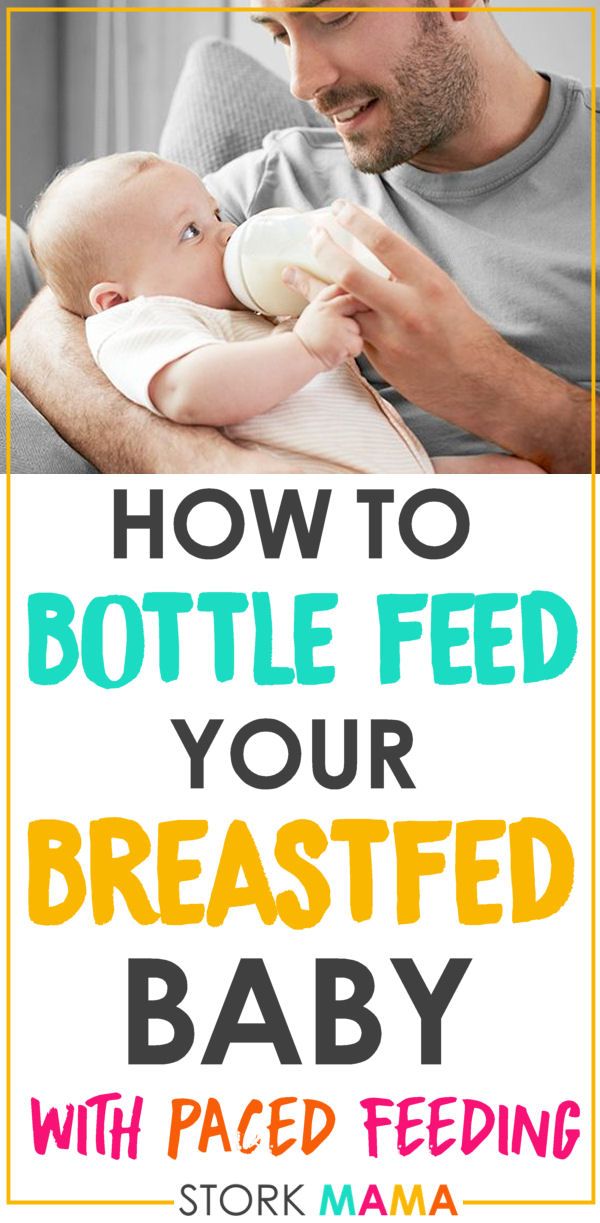 Find a place where you’re comfortable and where you have enough room to organize yourself and don’t worry too much about who might see you. There’s no point in walking around with a crying baby as you look for a place where you won’t be visible. Feeding your child takes priority.
Find a place where you’re comfortable and where you have enough room to organize yourself and don’t worry too much about who might see you. There’s no point in walking around with a crying baby as you look for a place where you won’t be visible. Feeding your child takes priority.
7. Turn away to latch. The time when the most skin is likely to be shown is when the baby is first latching on. So let’s say you are sitting in a restaurant booth, next to the wall, but still visible to other diners. Before you latch the baby on, try turning so you are completely facing the wall. Latch your baby on in this position, then turn back to face the table and your dining companions. You can do the same if you need to unlatch the baby.
8. Consider a cover-up. If you feel really uncomfortable breastfeeding in public, you may want to try covering your baby and breast with a blanket or a commercially available cover-up. Be sure to practise at home, because many babies dislike having a blanket over their heads while nursing and will pull it off or fuss. You may still need to do the “turn away to latch” routine with a young baby, because you need to see what you’re doing to latch the baby on. Many breastfeeding supporters are not fans of these cover-ups because they can send the message: “Breastfeeding is happening here! And we think it’s obscene or embarrassing so we are covering it up.” However, for some women, a cover-up can make all the difference between feeling comfortable nursing in public and not wanting to do it at all.
You may still need to do the “turn away to latch” routine with a young baby, because you need to see what you’re doing to latch the baby on. Many breastfeeding supporters are not fans of these cover-ups because they can send the message: “Breastfeeding is happening here! And we think it’s obscene or embarrassing so we are covering it up.” However, for some women, a cover-up can make all the difference between feeling comfortable nursing in public and not wanting to do it at all.
Another type of cover-up some mothers have used is a broad-brimmed sun hat on the baby. This might be more acceptable to babies who hate blankets over their faces, and it does cover much of your breast.
9. Smile! If you notice someone glancing in your direction as you breastfeed your baby, even if they are frowning or looking horrified, give them a smile! You know you are doing something very important for your child, and that’s a good thing. If you show your confidence with a friendly smile, you may defuse the situation.
10. Plan your response. What if the worst happens, and a mall security guard or restaurant manager comes up to you and insists you go to the washroom (yuck!) to breastfeed, or a stranger makes a negative comment? It can help to have planned a response in advance. In BC, the Human Rights Commission has a little pamphlet that includes a statement about a woman’s right to breastfeed in public—you could always bring along a copy.
You might simply want to politely say: “No, thank you, we don’t eat in washrooms.” If the manager says a customer has complained, you could suggest, again politely, that the customer might want to move to a different table where he can’t see you.
Of course, if you are feeling upset or bullied, you may want to just leave. Just know that you have done nothing wrong. You can always follow up later with a letter or email if you choose to.
Read more:
Sassy mom shames son for criticizing breastfeeding woman
#ThisIsMyLife: Breastfeeding—the struggle is real
I was shamed for breastfeeding in public
Stay in touch
Subscribe to Today's Parent's daily newsletter for our best parenting news, tips, essays and recipes.
- Email*
- CAPTCHA
- Consent*
Yes, I would like to receive Today's Parent's newsletter. I understand I can unsubscribe at any time.**
FILED UNDER: baby babywearing Breast milk Breastfeeding breastfeeding problems Maternal health Newborn Newborn care Parenting
Breastfeeding in public | Tips for nursing mums
Openly breastfeeding in public can take a little getting used to – check out our top tips to help make it a stress-free experience for both you and your baby
Share this content
The great thing about breastfeeding is that everything you need to feed your baby is always with you, readily available and at the right temperature, wherever you are. But while breastfeeding is the most natural way to feed your baby, it’s not unusual to feel a bit nervous about nursing in public, particularly if you’ve never done it before.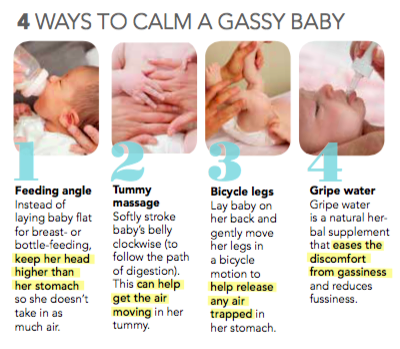 Whether you’re worried about other people’s reactions or really don’t care what they think, these tips will help you be prepared.
Whether you’re worried about other people’s reactions or really don’t care what they think, these tips will help you be prepared.
1: Practice makes perfect
If you’re feeling anxious about breastfeeding in public for the first time, try practising at home in front of a mirror so you can see what you look like while feeding. You’ll probably notice you’re not exposing as much of your breast as you might have imagined, as your baby’s head is covering it.
You may find breastfeeding in public easier if you do it in a supportive environment for the first few times. Visiting a mother and baby group or a cafe with a friend may be better than going to a crowded shopping mall or on a train by yourself.
2: Dress for the occasion
When it comes to what to wear when breastfeeding in public (and for breastfeeding in general), there are lots of options. If breastfeeding goes well and you intend to continue, it might be worth investing in a few items of nursing wear to make life easier.
“My nursing top was very convenient and easy to use. I could breastfeed discreetly outside, even in winter, as I didn’t have to remove my top. You just place your baby’s face in the opening and there you go. Anywhere, any time!” Caroline, mum of two, France.
However, it’s not necessary to buy specific breastfeeding clothing – you can simply layer up two of your normal tops. “What worked for me was wearing a stretchy camisole, which I could pull down on one side so it hooked under the breast I wanted to feed from, under a looser top that I pulled up. The looser top covered my chest and the camisole concealed my belly. As well as being subtle it meant I didn’t show my wobbly post-birth tummy or get chilly when feeding out and about.” Susannah, mum of two, UK.
Alternatively, for easy access, wear tops and dresses with buttons or a zip at the front, dungaree-style straps or side-openings. Or try wrap-around styles, or cowl or shawl necklines that you can pull down.
“I found wrap-front cardigans a lifesaver while breastfeeding in public,” shares Natalie, mum of one, UK.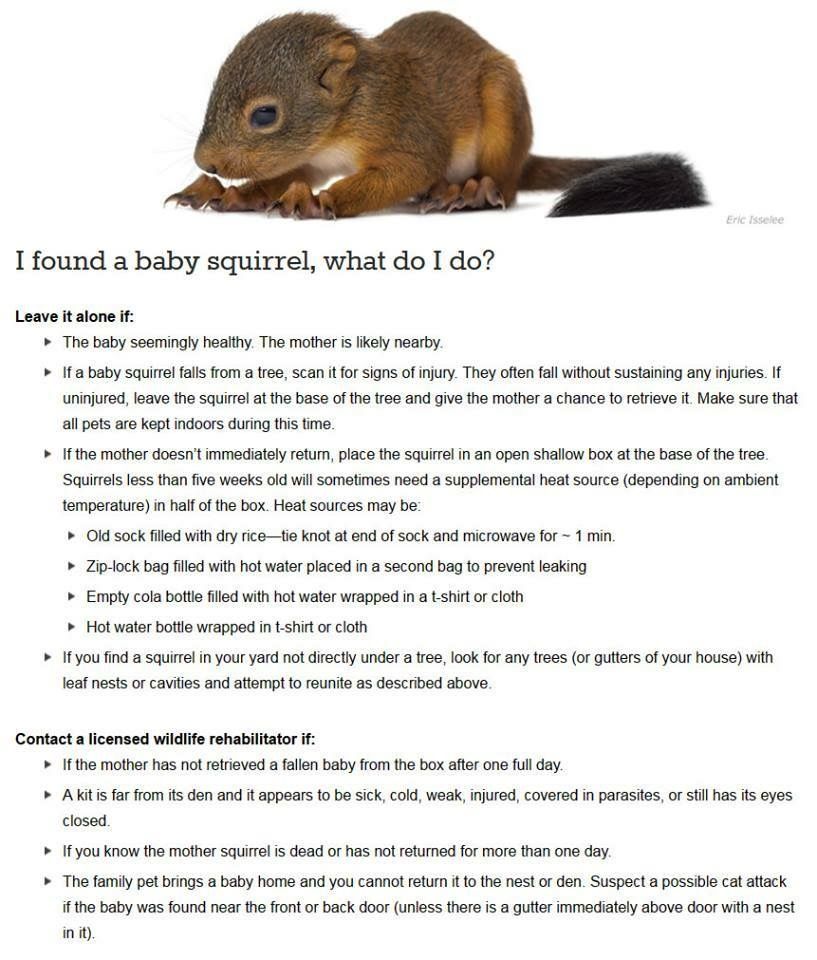 “I just untied one side then draped it over my baby feeding, so I could cover up easily and instantly when she was hungry or crying, without having to find something from the change bag.”
“I just untied one side then draped it over my baby feeding, so I could cover up easily and instantly when she was hungry or crying, without having to find something from the change bag.”
3: Do your research
Before venturing out with your newborn, make a list of good places to breastfeed in public near you, so you don’t have a last-minute scramble to find somewhere. Shopping malls, department stores and babywear shops often have baby-feeding rooms, which are quiet and private with a comfy chair and changing facilities. Many cafes and hotel lounges also welcome breastfeeding mothers.
“If you’re a bit nervous, look up feeding-friendly locations before you go out so you know where you can have a pit stop. Breastfeeding is not always easy at first, but you get better and better at it, until you’re so quick and subtle nobody realises you’re doing it anyway.” Rachel, mum of one, Maldives.
Other places to try include department store changing rooms, furniture stores, community centres, libraries, museums and parks. Ask other local mums for advice on the best places for public nursing nearby.
Ask other local mums for advice on the best places for public nursing nearby.
“I live in the UAE, where children have a right under law to be breastfed until age two. There is a lot to encourage breastfeeding here, with fancy nursing rooms in malls and respect for breastfeeding mothers in public places, such as restaurants.” Faye, mum of two, UAE.
4: Consider a breastfeeding cover
Some mums like to use a nursing cover up for privacy when feeding their babies in public, and there are lots of styles to try. From simple shawls and ponchos to specially designed wraps or aprons with a semicircle of wire in the top so you can still see your baby while she feeds, there should be something to suit you both. There’s also the option of feeding your baby while she’s in a sling or carrier, which will support her, as well as giving you privacy.
“My tip is to buy a baby carrier,” says Caroline, mum of two, US. “With a little practice you’ll be able to breastfeed while walking around and getting on with your day. ”
”
Ultimately, however, you may find your little one makes the decision for you. Some babies hate being covered while feeding, while others get distracted if they aren’t. “Neither of my babies liked shawls draped over their heads while breastfeeding, so I just relied on their heads blocking the view,” says Esther, mum of two, UK.
5: Know your breastfeeding rights
In many countries you’re legally entitled to breastfeed in any place open to the public, and there are laws to protect breastfeeding mums. If you’re unsure about what the breastfeeding in public laws are where you live, try doing some online research – government or public health websites are a good place to start – or speak to your healthcare professional. Otherwise, you could ask local mums or nearby friends and relatives about what their experiences have been. Their responses may surprise you.
“Breastfeeding is widely accepted in Australia and it’s perfectly acceptable to wop one’s breast out while ordering a skinny latte from the friendly male cafe waiter!” Amy, mum of two, Australia.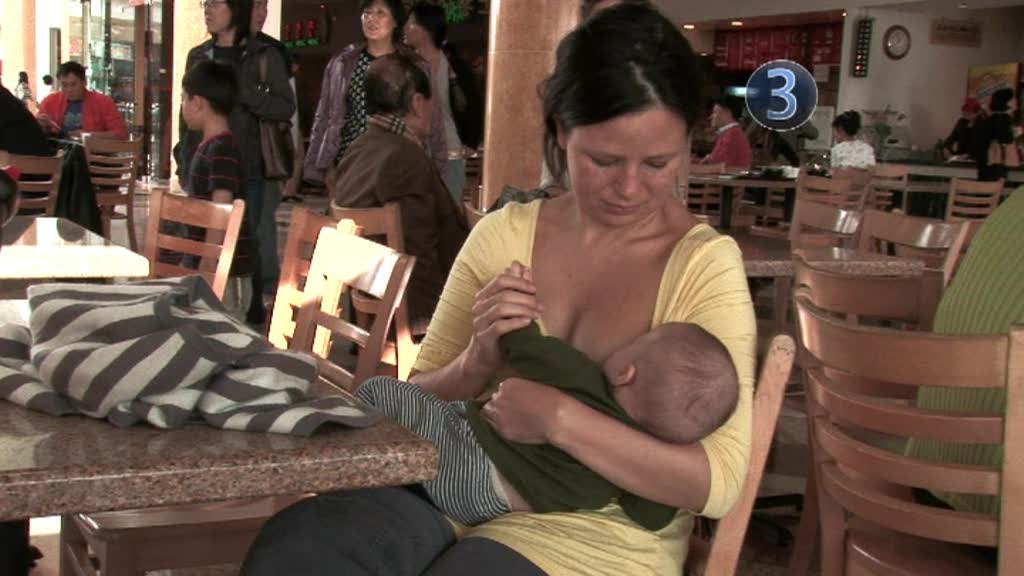
If you’re breastfeeding your baby in public and someone complains, you could politely remind them of your legal rights. If you feel that a business, such as a shop or cafe, has discriminated against you by asking you not to breastfeed, you may be able to make an official complaint, again depending on how you feel and the laws where you live.
“I was feeding at the table in a diner after I’d finished eating (having established there was no feeding room), and a blushing junior manager was dispatched to ask me if I’d be more comfortable in the ladies’ room. Er no, I said, would you eat in there? ‘Would I consider moving to a side booth?’ No again. I didn’t go anywhere until we were done!” Maya, mum of two, Spain.
“My advice is try not to worry. I was apprehensive but regularly breastfed in public – everywhere from urban to very rural areas – and never had any negativity, comments or looks. Obviously not everyone will be so lucky, but I breastfed for a year so there were lots of opportunities for people to be horrible, but nobody was.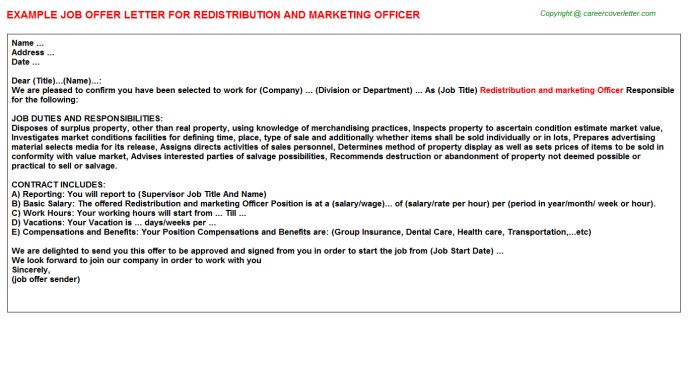 Not in the slightest. So your fears might turn out to be totally unfounded.” Tiffany, mum of one, UK.
Not in the slightest. So your fears might turn out to be totally unfounded.” Tiffany, mum of one, UK.
Breastfeeding in public | Tips for breastfeeding moms
Open breastfeeding in public takes some getting used to. Here are some tips to help you and your baby feel more confident
Share this information
The beauty of breastfeeding is that everything you need is always at your fingertips: you can feed your baby wherever you are, and the temperature of the milk will always be just right. But while there's nothing more natural than breastfeeding, the very idea of breastfeeding in front of everyone, especially the first time, can be a little unsettling. Whether you are worried about what others will think or not, our tips will help you prepare for this event.
1: Rehearse
If you feel uncomfortable about breastfeeding your baby for the first time in a public place, practice in front of a mirror at home to imagine how you will look from the outside. You will surely notice that the chest is not so open at the same time: it is blocked by the head of the child.
You will surely notice that the chest is not so open at the same time: it is blocked by the head of the child.
First, try breastfeeding in public in a friendly environment. In the company of other mothers or in a cafe with a friend, you will obviously be more comfortable than alone in the train or in a noisy shopping center.
2: Dress comfortably
When it comes to comfortable clothing for breastfeeding in general and in public places in particular, there are many options. If breastfeeding is going well and you intend to continue, it's worth picking up a few pieces of nursing clothing that will make feeding easier.
“I had a very comfortable nursing shirt. It was possible to discreetly feed the child in it even in winter, since nothing had to be removed. Just put the baby on the slit in the T-shirt and you're done. You can feed anywhere and anytime!” says Caroline, mother of two from France.
However, it is not necessary to buy special nursing clothes - you can just wear two regular T-shirts. “I solved the problem with a stretch blouse that I wore under a loose top. When it was necessary to feed the child, I pulled the jacket under my chest and lifted the top. He covered my chest, and the jacket - my stomach. So it was possible to feed discreetly anywhere, while not freezing and not showing anyone your tummy that sagged after childbirth,” recalls Suzanne, a mother of two children from the UK.
“I solved the problem with a stretch blouse that I wore under a loose top. When it was necessary to feed the child, I pulled the jacket under my chest and lifted the top. He covered my chest, and the jacket - my stomach. So it was possible to feed discreetly anywhere, while not freezing and not showing anyone your tummy that sagged after childbirth,” recalls Suzanne, a mother of two children from the UK.
Other handy options are tops and dresses with buttons or front zips, with straps or side slits. You can also try wraparound styles, collar collars or shawl collars.
“Wrap-around cardigans have been a lifesaver when I have to feed in public,” says Natalie, a UK mom. - I just untied one floor and covered my baby's head with it during feeding or when she cried. And you didn’t have to carry anything with you to disguise.”
3: Know your surroundings
Before you go anywhere with your baby, make a list of good feeding places in advance so you don't have to rush around looking for them at the last minute.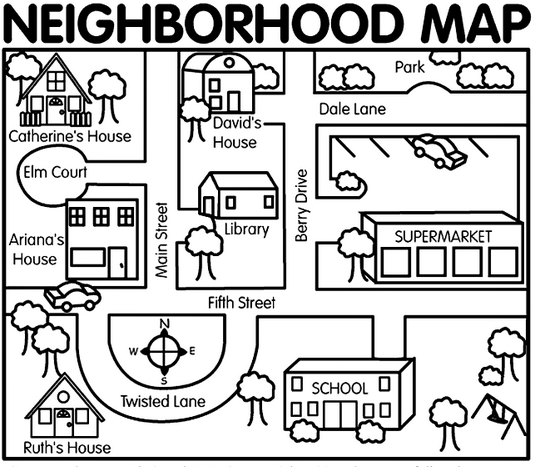 Shopping malls, department stores and children's clothing stores often have mother and baby rooms where you can feed your baby in peace and quiet, sitting on a comfortable chair, or use the changing table. Many cafes and hotel restaurants also try to create comfortable conditions for nursing mothers.
Shopping malls, department stores and children's clothing stores often have mother and baby rooms where you can feed your baby in peace and quiet, sitting on a comfortable chair, or use the changing table. Many cafes and hotel restaurants also try to create comfortable conditions for nursing mothers.
“If you're worried, look ahead for breastfeeding friendly places so you know where to go if you need to. Feeding in public can be difficult at first, but over time it gets better and better. And then you do it so quickly and imperceptibly that people around you don’t even realize that you are breastfeeding a baby, ”says Rachel, a mother from the Maldives.
Other potentially suitable locations are fitting rooms in department stores, furniture stores, community centers, libraries, museums, and parks. Ask moms you know - they can probably share their experience about suitable feeding places nearby.
“In the UAE, children under the age of two are legally allowed to breastfeed. Breastfeeding is highly encouraged here, shopping malls have dedicated facilities for breastfeeding, and mothers who breastfeed in public places like restaurants are treated with respect,” says Fay, mother of two from the UAE.
Breastfeeding is highly encouraged here, shopping malls have dedicated facilities for breastfeeding, and mothers who breastfeed in public places like restaurants are treated with respect,” says Fay, mother of two from the UAE.
4: Try a breastfeeding cape
Some moms prefer to cover themselves and their baby with a cape when breastfeeding in public. The choice here is huge - from simple shawls and ponchos to special capes and aprons with a rigid semicircular hole on top, which allows you to watch the baby during feeding. There is a solution for every taste. And you can also feed your baby in a sling or carrier - this is both convenient and shelters you from prying eyes.
“I recommend buying a carrier,” says Caroline, mother of two in the US. “A little practice and you can feed on the go, without looking up from other things.”
However, the last word often rests with the baby. Some babies do not tolerate any capes when feeding, while others, on the contrary, are distracted if they are not covered. “Both of my babies didn’t like it when I tried to cover them with a shawl during feeding, so I just had to rely on their heads to cover their breasts enough,” recalls Esther, mother of two from the UK.
5: Know your rights
Breastfeeding in all public places is legal in many countries. Moreover, there are laws aimed at protecting breastfeeding mothers. If you are not sure if there are such laws in your country, search the Internet for information. The best place to start is with the websites of government and health agencies. Or try asking your doctor. You can also ask familiar mothers, friends and relatives about their own experiences. The answers may surprise you.
"Breastfeeding is widely accepted in Australia, and it's quite normal to sit bare-chested in a cafe while a nice waiter takes your order for a fat-free latte!" says Amy, mother of two from Australia.
If someone is upset that you are breastfeeding your baby in a public place, politely remind them of your rights.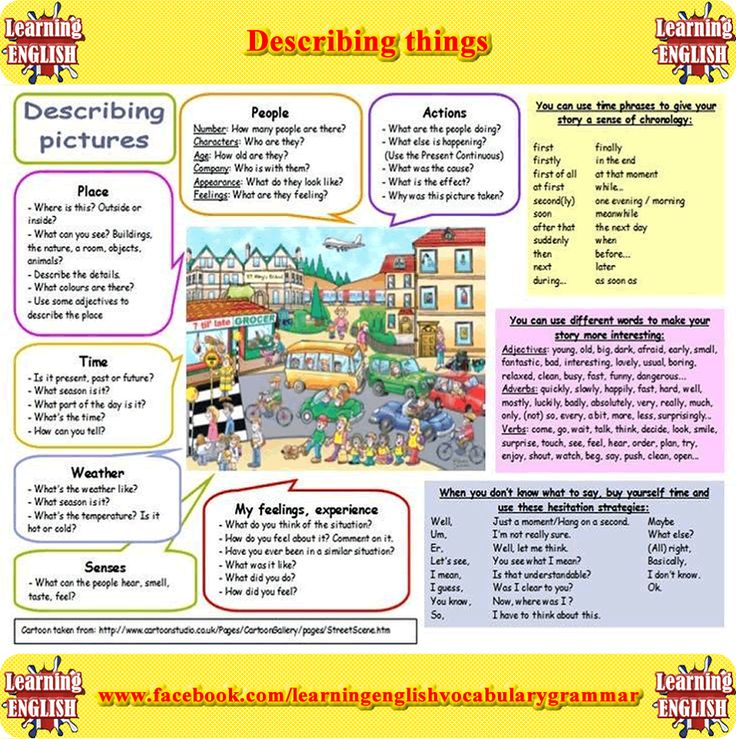 If you believe that asking you not to breastfeed in a store, cafe, or similar establishment violates your rights, you can file a formal complaint—if you are willing and supported by local law.
If you believe that asking you not to breastfeed in a store, cafe, or similar establishment violates your rights, you can file a formal complaint—if you are willing and supported by local law.
“One day I decided to breastfeed my baby in a diner after I had eaten myself, and I did it right at the table because they didn't have a feeding room. A confused junior manager was sent to me asking if I could move to the women's room for this. I replied that no - do they eat there? Then I was asked to move to a side booth. But I refused here and didn’t budge until we were done!” recalls Maya, a mother of two from Spain.
“My advice is don't worry! I was worried at first, but I regularly had to breastfeed my baby in public places, both in the city and in the countryside. And never once did I encounter a bad attitude, or comments, or sidelong glances. Not everyone, of course, is so lucky, but I breastfed for a whole year, so people had a lot of opportunities to show their bad sides - but nothing like that happened. Not a hint. So the fears may turn out to be completely unfounded, ”Tiffany, a mother from the UK, reassures.
Not a hint. So the fears may turn out to be completely unfounded, ”Tiffany, a mother from the UK, reassures.
Breastfeeding in public: okay or not
Actress Kiki Valentine recalls the first time she breastfed her son Hart in a public place. It was summer in New York, it was terribly hot. Kiki sat on a park bench. She wasn't going to make a big news story out of feeding or make anyone uncomfortable. “He just needed to eat,” says the actress.
Just a few weeks later, she took part in a public breastfeeding rally. A picture of her feeding her 9-month-old son, sitting on the steps of the New York City Hall, has spread all over the Internet. So Valentine, unexpectedly for herself, became the ambassador of a whole movement. Imagine how surprised she was when the photo appeared in one of the issues of The Rachel Zoe Project with the headline "Public Breastfeeding - Trend or Tragedy?". Opinions were divided: for example, Roger Berman, husband of the founder and host of the program Rachel Zoe, called it a disaster. Valentine was ready to fall through the ground.
Kiki Valentine, August 2014
How many women breastfeed?
According to the 2018 UNICEF report, which collected data from 123 countries, 95 percent of the world's babies are breastfed. This once again proves how important this process is for the health of mother and child. The World Health Association recommends only breastfeeding for at least the first six months of a baby's life. There are laws around the world to protect the interests of new mothers. For example, each of the US states has its own rules governing the rights of women to breastfeed in public places or on private territory. In the European Union, discrimination against breastfeeding mothers is also prohibited.
Popular
Where public breastfeeding is not very welcome?
But despite all this, the topic of public breastfeeding still causes a lot of controversy. In July, the Dutch airline KLM came under distribution: when, during one of the flights, a passenger began to feed her child right on board, the stewardess politely asked her to cover herself. This case divided the public into two camps: those who criticized the airline, and those who fully supported the stewardess. The official KLM rule states: "Breastfeeding is permitted on board as long as it does not interfere with other passengers." Apparently, not everyone is ready to put up with such free-thinking.
Popular
Maternity and nursing bra company Milx conducted a survey of 1,000 men and women. Every third respondent at least once encountered a negative reaction of others to public feeding. And a 2014 study by the National University of Kapodistrias in Athens found that while in Norway, Sweden, and Finland, breastfeeding babies in public is socially acceptable, in France and Wales, people are much less tolerant. In these countries, “women still cannot afford to breastfeed in peace because they are afraid of facing judgment and disapproval.”
In some states, public breastfeeding is completely prohibited by law, most often for religious reasons. For example, in Saudi Arabia, a woman cannot be naked in a public place, even when it comes to feeding a child. And despite the fact that, according to Islam, ideally, the child should remain breastfed for up to two years.
Why is breastfeeding in public difficult for some?
New York City psychologist Sarah Gundle, PhD, says there are two main reasons why we feel uncomfortable when we see a woman breastfeeding: “In our minds, breasts are not associated with functionality, but are the object of sexual arousal. It doesn't matter if it's about breastfeeding or not, most people perceive the naked female breast as something related to sex, and this makes them feel uncomfortable. Secondly, when a woman begins to act cocky or shows excessive freedom where she was not before, we consider this as a threat. And public breastfeeding is just one of the manifestations of this model of behavior. Yes, every year more and more special rooms for feeding appear in public places, but, according to Gundle, this only exacerbates the taboo of the topic. “On the one hand, the presence of such rooms is a real salvation for women who do not want to expose their breasts in front of everyone,” says the doctor. “But at the same time, it encourages us to see breastfeeding as a process that should take place behind closed doors.”
Popular
Opponents of public feeding will agree with the last statement. “This kind of behavior blurs the line between the private and the public,” said Margaret Jay King, director of The Center for Cultural Studies & Analysis, a Philadelphia-based think tank. - When people do not have the opportunity to get away from a nursing woman - and the story of the plane is an example of this - they feel uncomfortable. Once I was at a conference, and one mother asked if she could feed her child right at the table. Naturally, I replied: "No way." As for me, this is an indicator of whether a woman understands what professional behavior means. Awareness of such unwritten rules is what civility is all about. Ask yourself if you could publicly strip, take a bath, shave your legs, or have an intimate conversation. All this should be done privately and not be made public.”
Ask yourself if you could publicly strip, take a bath, shave your legs, or have an intimate conversation. All this should be done privately and not be made public.”
What do social media say about this?
Due to the fact that society still perceives breastfeeding as a very personal, private process, photos of breastfeeding mothers are often blocked on social networks. And despite the fact that a few years ago, Facebook gave the go-ahead to publish such content in its news feed. An illustrative example is Imalac, founded in 2018, which developed a special system of breast massage for nursing mothers. Naturally, photos of women who are breastfeeding regularly appear on their official Facebook page. What do you think - the social network has already blocked the Imalac account several times for "obscene content of erotic content." As for Instagram, according to Valentine, the system ignores the #breast hashtag. “If the biggest social platforms believe that women’s breasts should be hidden, then what kind of reaction can we expect from people?” says the actress.
Popular
Will breastfeeding change in the near future?
Despite the current state of affairs, there is a positive trend. For example, the Malaysian-based World Breastfeeding Support Alliance launched a massive initiative - World Breastfeeding Week, which takes place annually from 1 to 7 August. The purpose of the event is to change public perceptions and show that breastfeeding is not an aspect of private life, but a biological process that is not limited to the location of a woman. Last year, as part of the initiative, about 23,000 women from 28 countries took part in the so-called Global Big Latch On, launched in New Zealand back in 2005. This is a kind of flash mob, the participants of which around the world begin to simultaneously breastfeed in public places.
“It's important to educate people,” says Valentine. - Many people think that women just want to “light up” their breasts once again, but in fact, no one even has time to really see anything.











